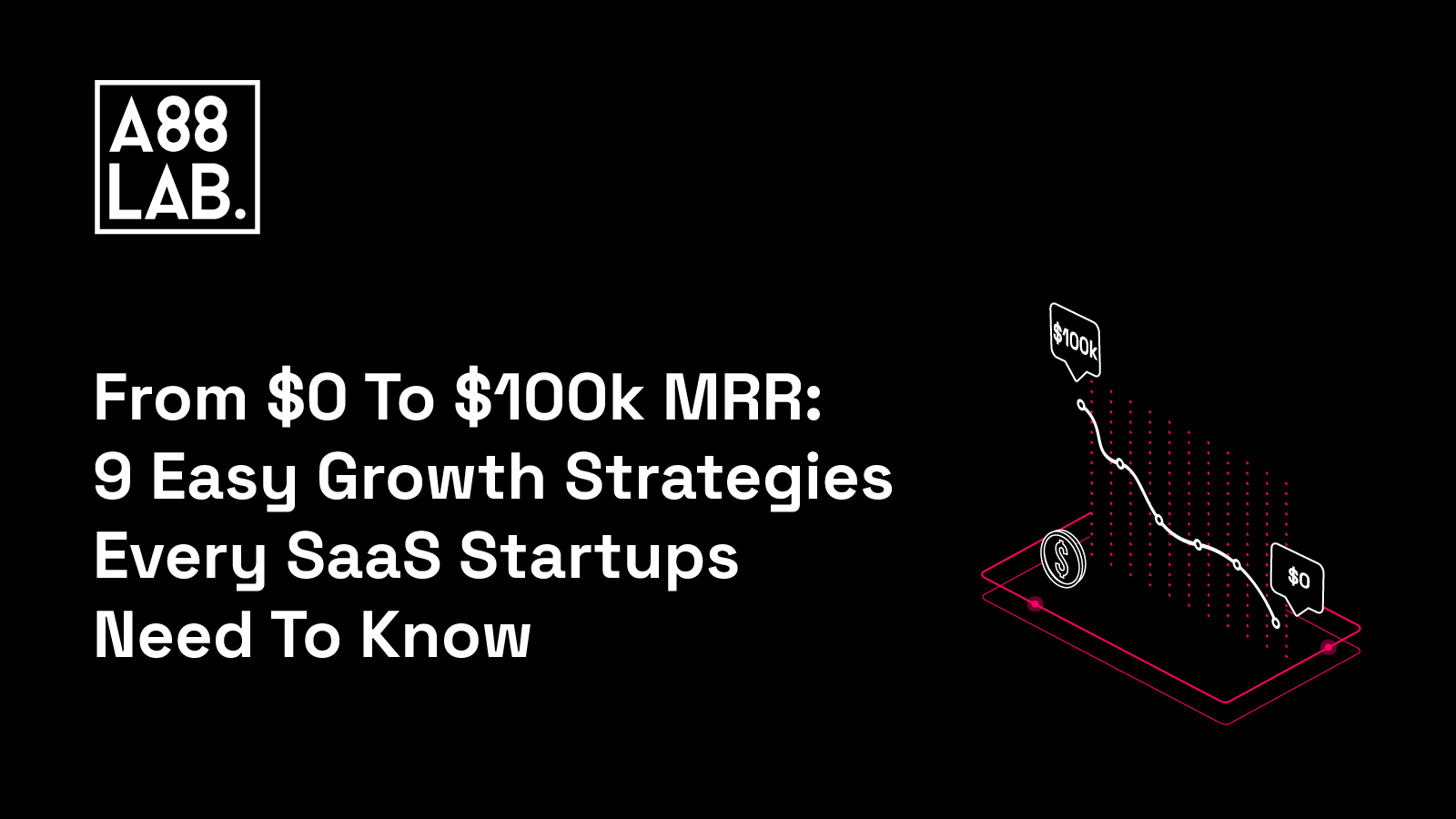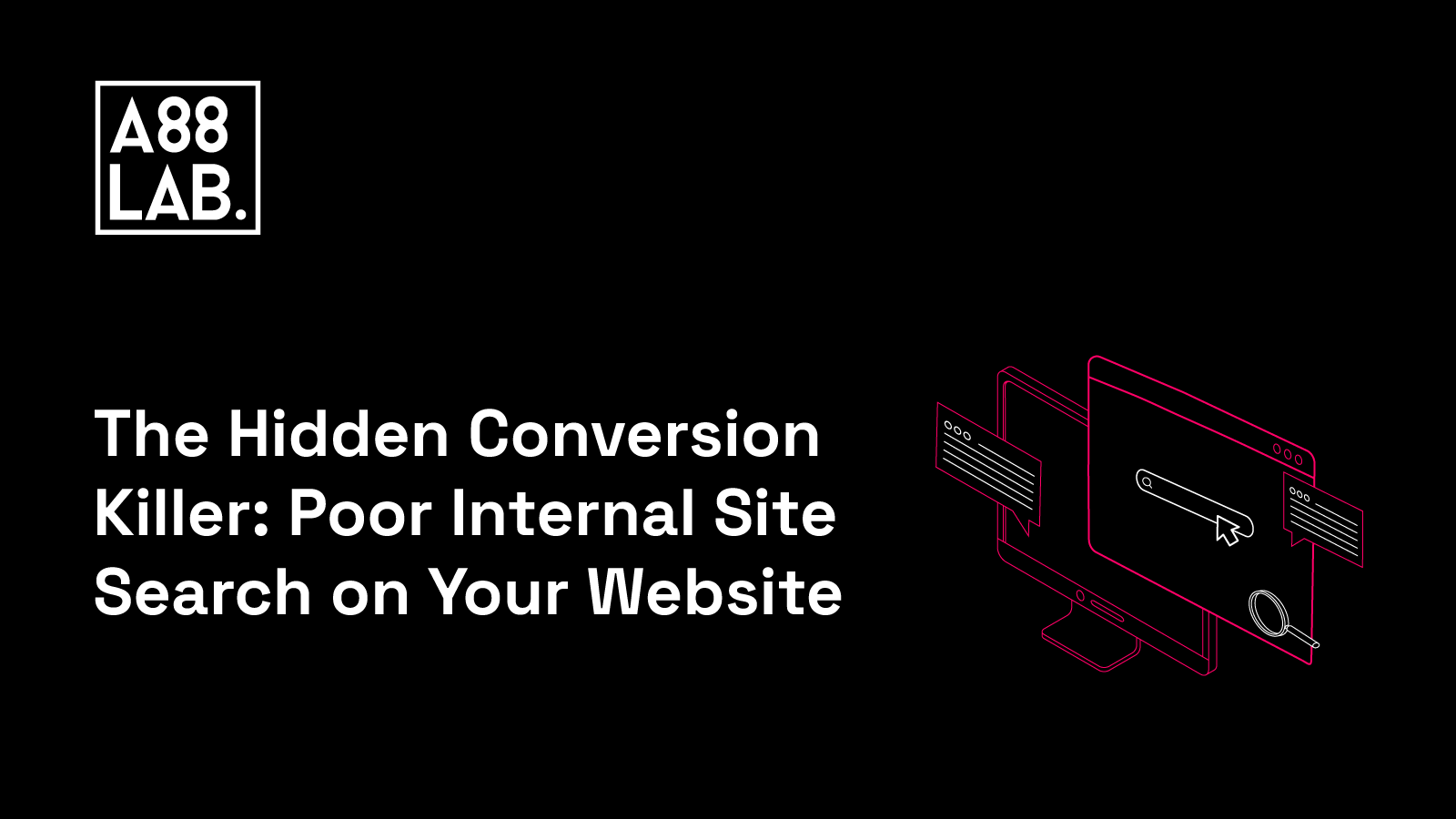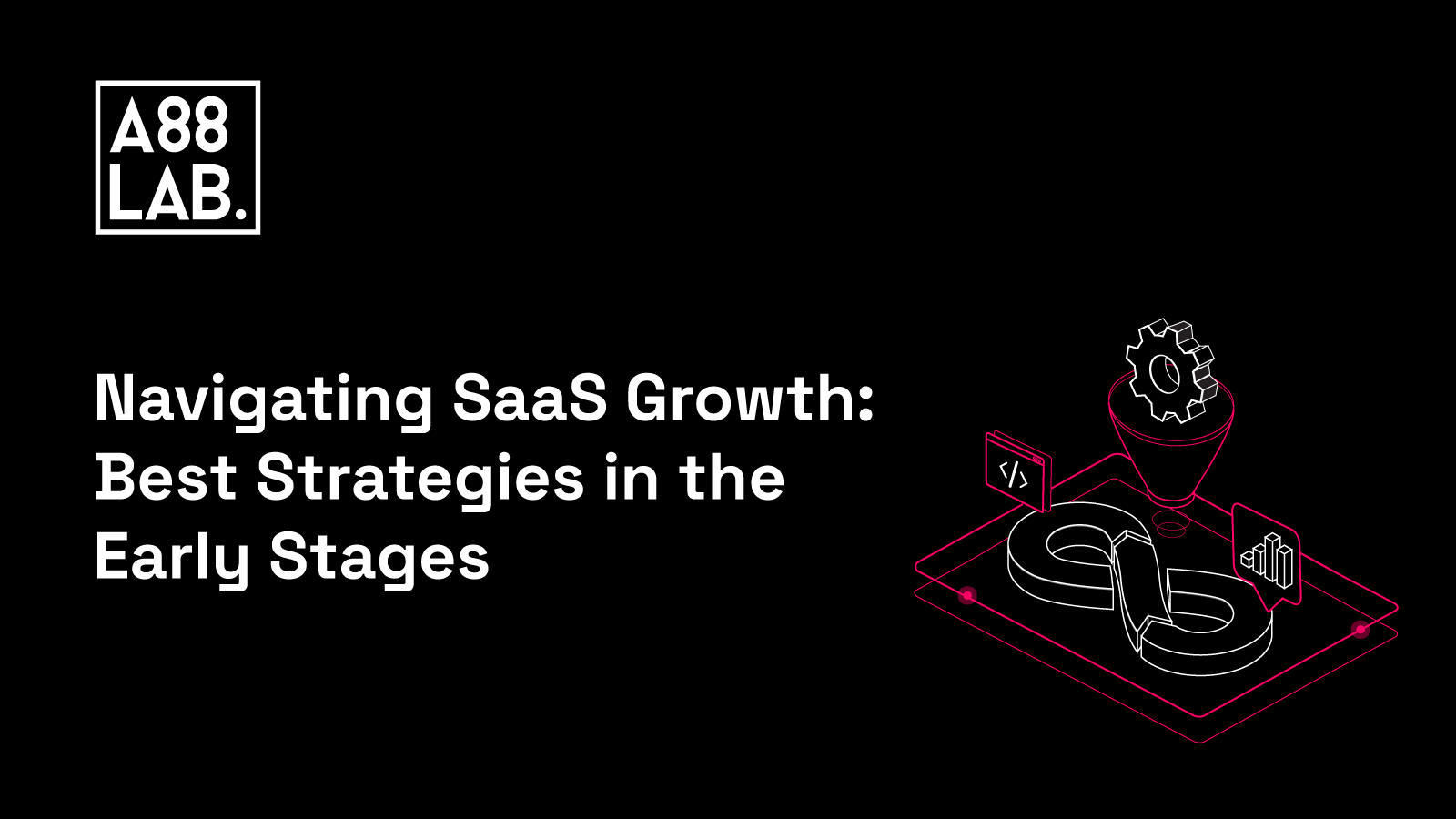Starting a SaaS company is ... hard, but growing the company and building brand awareness in a market that has no idea you exist is even harder. The journey from zero to $100K in MRR is a treacherous one, filled with countless challenges and obstacles. But, the good thing is .... it's also achievable if the company has the right growth strategy in place.
From acquiring early users, identifying your competitive edge, and dominating your niche to building partnerships, in this blog post, we'll break down the process of getting to $100K MRR. We will define the 9 essential growth strategies every SaaS startup can implement to achieve that result regardless of its industry (even though we'll be focusing on the SaaS industry in this blog post).
Want to know the best part? None of these strategies include searching for investors.
From $0 to $25K MRR
Starting off, the first milestone to aim for should be $25K MRR. This may seem like a small number, but for any SaaS startup, this is an important milestone as it shows that your business has potential and can generate consistent revenue.
This approach allows you to test your product or service in the market and make necessary adjustments based on the feedback and response you receive. A gradual scaling-up process will help mitigate risks and provide valuable insights into your customers' needs and preferences.
Here are some useful strategies you can start implementing at this stage:
1. Engage With Early Adopters
To reach the initial milestone of $25K MRR, acquiring early adopters is an essential step that shouldn't be overlooked. Early adopters are often tech-savvy and interested in trying new technologies, making them highly likely to take a risk and try out your new SaaS product.
Another advantage of early adopters is their potential to generate buzz around your product. They may share their experiences, write reviews, or post about it on social media, which can reach a broader audience and generate more interest in your product. The end result - increased revenue and faster growth.
By actively engaging with early adopters and incorporating their feedback into your product, you create a solution that resonates with the needs of your target market. This, in turn, helps you build a loyal customer base that is more likely to stick with your product and recommend it to others.
The most important thing to keep in mind when engaging with early adopters is to be responsive and open to their suggestions. After all, happy customers are more likely to stay and refer others. So, make sure you provide:
-
Excellent customer support
-
Regular product updates
-
Continuous improvements based on user feedback
Hint: Some of the best places for finding early adopters are Reddit, Quora, LinkedIn, and Facebook groups, closed Slack communities, etc.
2. Build Hyper Focused Minimum Viable Product (MVP)
A Minimum Viable Product (MVP) is a basic version of a product that incorporates enough features to attract early adopters and validate the product idea in the early stages of development.
To achieve the target of $25K MRR, identify a specific niche and develop a hyper-focused MVP that addresses its specific pain points. By tailoring the MVP to a particular niche, you increase the likelihood of attracting passionate early adopters who become your biggest advocates, driving organic growth through positive word-of-mouth.
During this process, establish a strategic pricing model that enables the company to generate revenue while remaining competitive. As the company acquires more customers, your focus should shift towards customer retention and providing exceptional customer support to ensure long-term loyalty and satisfaction.
3. Bootstrap Your SaaS
By launching a self-sustaining business that relies on personal savings and reinvesting profits, your SaaS business can retain financial control and allocate resources strategically to drive growth. Bootstrapping grants your company the liberty to grow organically, fostering independence and sustainable development.
Bootstrapping plays a crucial role in growing MRR for several reasons:
Customer-Centric Product Development
By taking the time to understand and address the specific needs and problems of your target market, you're focused on creating the best customer-centric product in that market. Taking this approach always leads to higher customer satisfaction, increased user retention, and positive word-of-mouth referrals—all of which contribute to MRR growth.
Efficient Resource Allocation
Bootstrapping fosters a disciplined approach to resource management. By focusing on essential expenses and avoiding unnecessary costs, you allocate resources more strategically. This means bootstrapping allows you to invest in areas that directly impact MRR, such as targeted marketing campaigns, customer acquisition strategies, and product enhancements.
Agile Response to Market Changes
A lean and agile organization, cultivated through bootstrapping, is better equipped to adapt to market changes. This adaptability ensures that your product remains relevant and competitive, contributing to sustained customer interest and, consequently, MRR growth.
Reinvestment of Profits
Instead of relying on external funding, bootstrapping allows you to reinvest profits directly into your business. This means more funds for marketing initiatives, product improvements, and customer engagement strategies.
4. Identify Your Competitive Advantage
For a SaaS business aiming to increase MRR, it is crucial in the early stages to identify your competitive advantage. Are you going to build a new category or join an existing one?! This could be a unique product, strategic pricing, or strong operational skills that set you apart from competitors. Once you have a clear understanding of your advantage, you can focus on optimizing MRR expansion.
Here's a great video on identifying competitive advantage by OnStrategy:
To achieve the desired MRR growth, experiment with different strategies such as upselling, cross-selling, and add-ons. Upselling involves offering customers an enhanced version of the product at a higher price point. Cross-selling refers to offering complementary products or services based on customer interests or needs. Add-ons involve providing additional features or services for customers willing to pay.
In addition to these strategies, prioritize customer retention and encourage existing customers to increase their spending. This can be achieved through excellent customer service, personalized recommendations, and fostering a community of loyal customers.
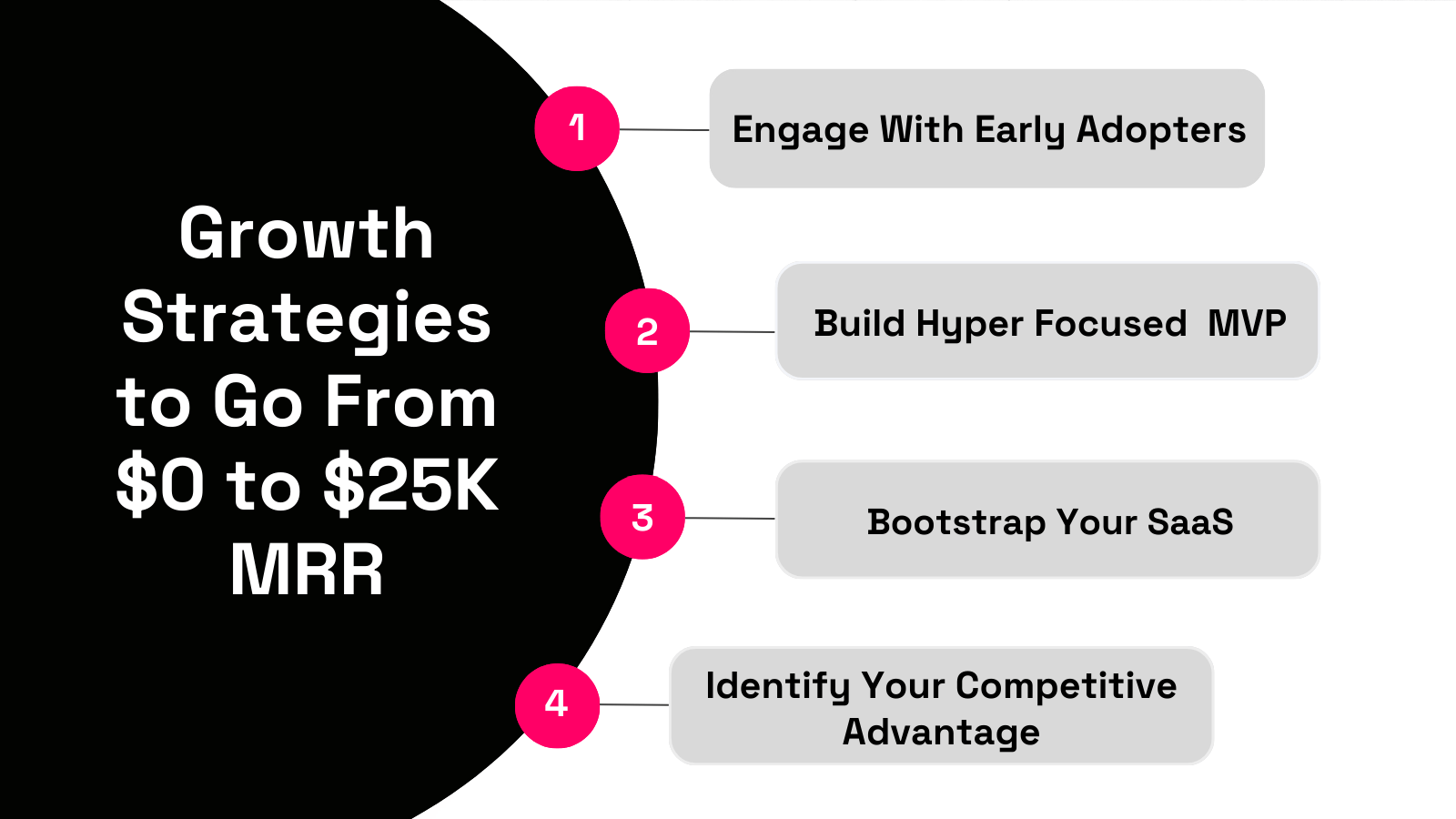
From $25K to $50K MRR
Getting to $25K MRR, often the fear of raising complexities kicks in. However, you should think of transitioning to the next phase of the journey by setting your sights on the next goal ... attaining $50K MRR. Make this happen by formulating a well-crafted plan that includes strategies to enhance customer acquisition, retention, and revenue per customer.
Check out your current customer base, see if there are new markets you can tap into, try launching new products or features, and up your marketing and sales game. Continuously experiment and refine your ideas until you discover the most effective methods for driving SaaS growth.
Some of the best strategies you can implement to achieve this phase of MRR are:
5. Focus on Dominating Your Niche
There are a few steps you need to take to effectively dominate your niche:-
Define your unique value proposition
-
Create a strong brand identity
-
Establish your authority in the industry
-
Provide exceptional customer service
-
Stay up-to-date with the latest trends
To dominate a specific niche, you have to be proactive in defining your unique value proposition. This is what will help you set your business apart from the others. Once you have a clear understanding of your UVP, you can start researching your competitors and identify any gaps in the market that you can fill. This is where you set yourself apart and create a unique selling proposition that will attract customers and increase your market share.
Creating a strong brand identity is also essential when it comes to dominating a niche. This includes developing a brand voice that reflects your values and resonates with your target audience. It also involves creating a consistent visual identity across all platforms, including your website, social media, and marketing materials.
Based on the customer feedback, optimize your strategies and improve your product. This data identifies areas where you can improve your product or service, leading to increased customer satisfaction and retention.
Providing exceptional customer service is also paramount for SaaS businesses. Respond to customer questions on time, address their concerns, and provide ongoing support. Happy customers are more likely to refer others to your business, resulting in increased MRR.
Another thing to keep in mind in order to remain competitive and drive growth is staying up-to-date with the latest trends, continuously improving your product, and innovating. This involves incorporating new features or functionalities into your product, exploring new markets, or partnering with other businesses to expand your reach.
6. Measure Your Net Promoter Score
Accurately calculating and projecting MRR can be challenging due to various factors such as customer churn, upgrades, downgrades, or discounts. Luckily, the Net Promoter Score (NPS) data provides an effective solution for all of these challenges.
Here's a breakdown of key tactics that SaaS businesses can use to leverage NPS data and drive growth:
Identify Monitor Detractors
Detractors are customers with low NPS scores and have the biggest risk of subscription cancellation. An increase in detractors is a potential setback in MRR growth. Luckily, NPS can address these detractors on time and prevent any negative impacts on revenue and brand reputation.
Measure Value of Promoters
When you have loyal promoters, they become your cheerleaders. By adding a referral program, you convert their support into word-of-mouth marketing. This not only attracts new customers but also ensures long-term revenue growth. By monitoring their satisfaction levels and likelihood to refer others, you can measure the value of each customer. It's like turning happiness into profit and creating a loyal customer base that is always willing to support your business.
Track Passives Customers
Even the "meh" customers might quietly be thinking about leaving. If their numbers are going up, it's a sign something might be off. Act on it before they turn into unhappy customers. By fixing things and making them happy, you're not just preventing losses but also turning them into your cheering squad, boosting your long-term revenue.
Identify Upsells and Downgrades
NPS aids in predicting customer behavior, facilitating MRR projection. Promoters are opportunities for upsells, while Detractors may seek downgrades or discounts. Tailor strategies based on NPS feedback to maximize upsell potential and minimize churn.
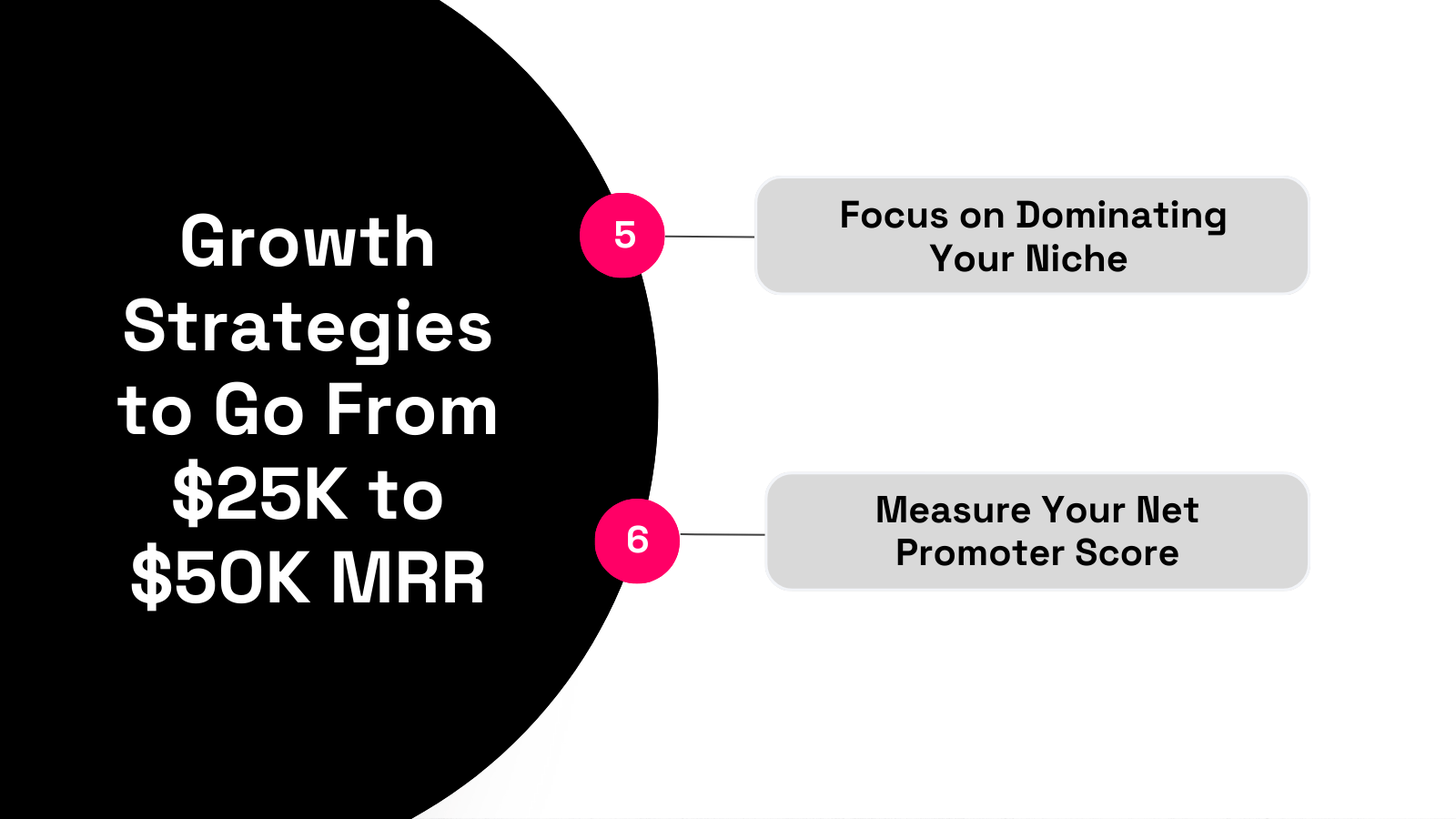
From $50K to $100K MRR
Now, let's take a strategic approach to scale your SaaS business even further, aiming for $100K MRR. Consider implementing advanced customer segmentation strategies to tailor your offerings to specific customer needs.
Leverage data analytics to identify high-value customer segments and allocate resources effectively. Additionally, invest in building a strong sales team to drive enterprise-level partnerships and contracts. Remember to stay innovative, agile, and maintain the momentum you've already established.
Here are the top 3 strategies you can implement to finally reach that 100K MRR:
7. Develop Your Brand
At this stage, your brand is a powerful asset that differentiates you in the market and contributes to sustained growth. Invest in refining your brand identity and ensure consistency across all touchpoints - from your website to social media and marketing materials. Consider mentioning customer success stories and testimonials to build credibility and trust. Additionally, you can apply the Growth-Driven-Desing methodology to incrementally and continuously optimize your website on a low budget, and make it the core of your marketing activities.
You should also invest and engage in thought leadership activities within your industry to position your brand as an authority. A well-established and respected brand not only attracts new customers but also fosters loyalty among existing ones, ultimately propelling your SaaS business toward the $100K MRR milestone.
8. Focus on Content Marketing
When you finally reach the $50K MRR, it's time to start crafting more compelling and valuable content that resonates with your target audience, addressing their pain points, and providing solutions. Establish a robust content calendar and provide ungated content that includes blog posts, whitepapers, case studies, or other relevant content formats.
Optimize your content for search engines to enhance visibility and attract organic traffic. Leverage social media platforms to share your content and engage with your audience. Consistency is key, so regularly update your blog page and social channels for a strong online presence.
9. Maintain a Scalable Cost Structure
Evaluate and optimize your expenses to ensure that your growth is sustainable and aligned with your revenue goals. As your SaaS business expands, be mindful of scaling costs proportionately and investing strategically in areas that directly contribute to MRR growth.
Consider cloud-based solutions and scalable infrastructure that can adapt to the evolving needs of your expanding user base. Additionally, you can leverage platforms like Amberflo, to improve your pricing model based on usage. This not only ensures efficiency in operations but also prevents unnecessary overhead costs.
Finally, keep a keen eye on customer acquisition costs (CAC) and customer lifetime value (CLV). Balancing these metrics is essential for a scalable and profitable business model.
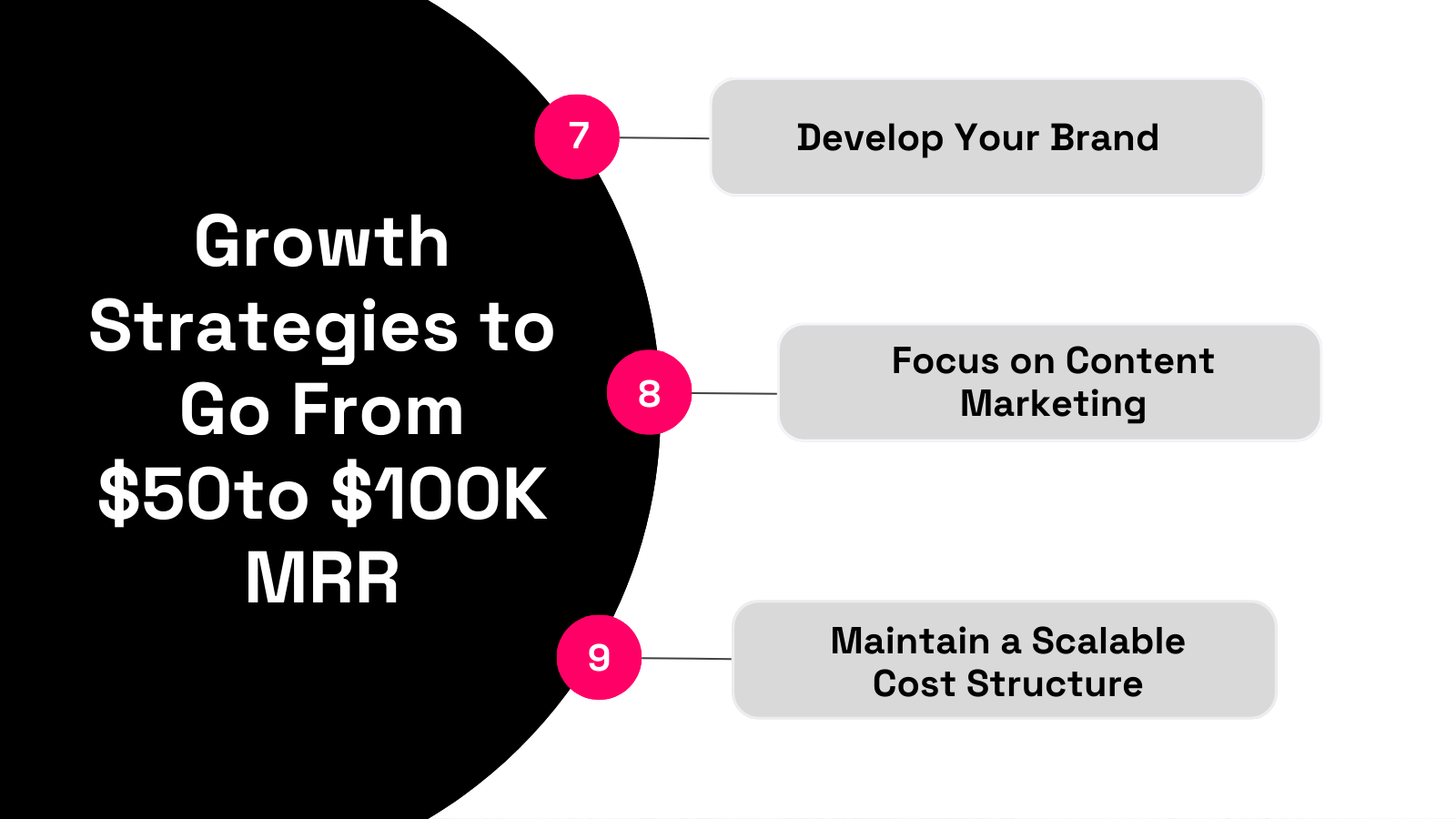
Conclusion
Achieving $100K MRR is a challenging but achievable goal for any SaaS startup. With a well-planned strategy and consistent execution, you can successfully scale your business and achieve sustainable growth.
By implementing these nine essential growth strategies, you can take your business from $0 to $100K MRR. Remember to prioritize customer satisfaction and retention, maintain a scalable cost structure, and continuously innovate to stay ahead of the competition. With dedication and determination, your SaaS startup can reach new heights and establish itself as a leader in the industry. So go out there and start implementing these strategies – your $100K MRR is waiting for you!
.png)
